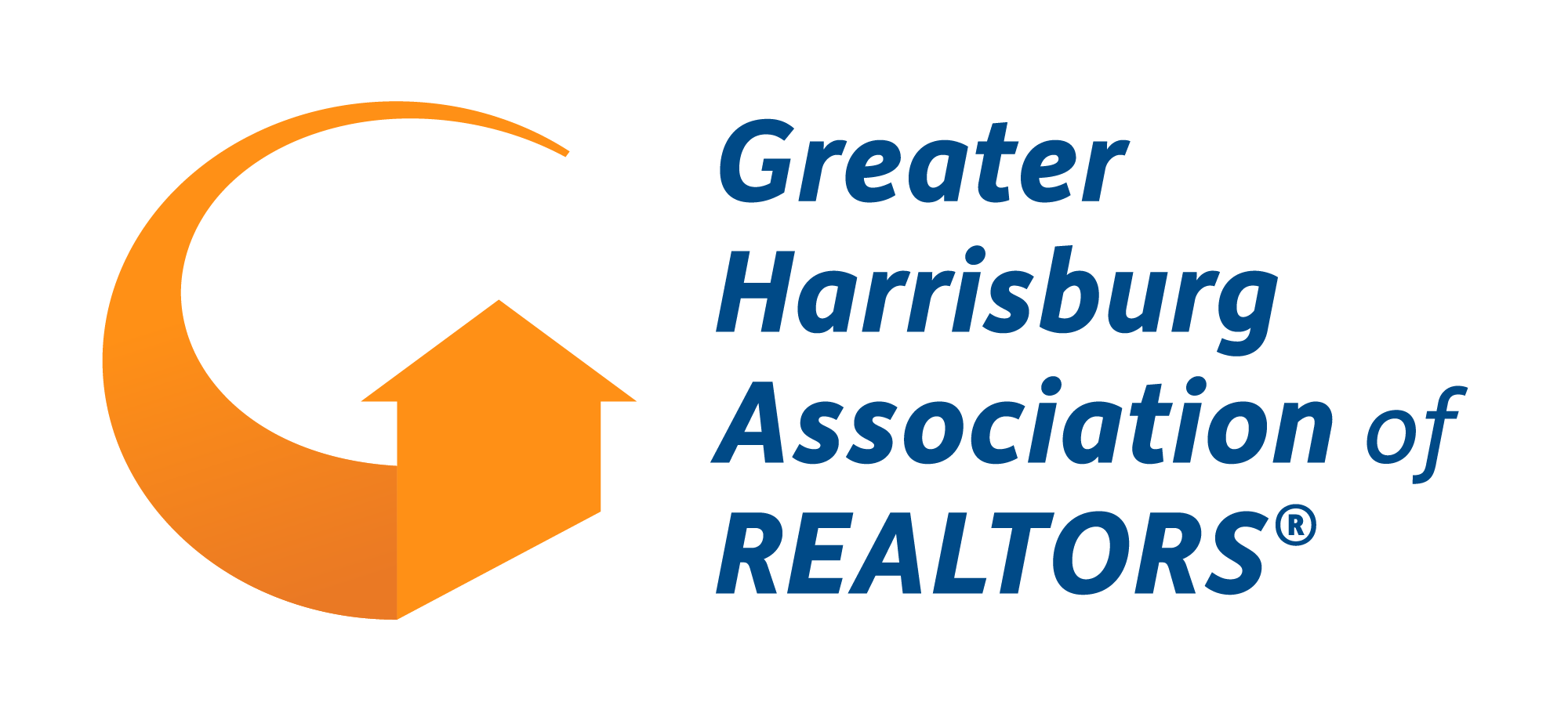Consider This When Waving Inspections
As the market cools, it is likely more tolerant of offers that include inspection contingencies, so it may be back to business as usual. There will be occasions, however, where competition encourages a contingent-free offer. Buyers understand (mostly) the risks of waiving a home inspection. Sometimes they rely on their eyes or figure they can afford to repair some minor problems that might miss their gaze.
When you work with a buyer and discuss the benefits of waiving contingencies, you must also discuss the risk of doing so. That risk should not be yours; it belongs to the buyer. But it may become yours if you fail to spell out the dangers of waiving the contingency! There are indeed real risks of waiving inspections that no buyer agent should ever minimize. If your buyer doesn’t pause and agonize before initialing “waived” then you probably haven’t gone far enough!
Should your client elect the home inspection contingency you’ll need to explain how extensive they may be. When we think of inspections, we usually think of a home inspector present on the property examining its structure and other components. Consider, however, that the contingency covers all sorts of hazards, perhaps even those that may loom from an offsite condition, such as a gas transmission pipeline. Recently a buyer agent told me how she learned of such a pipeline shortly after her buyer entered into a purchase agreement sans an inspection contingency. It turns out the property is inside of the “safe separation distance” and thereby poses a threat to the occupants.
Whether the election of the Home/ Property Inspections contingency permits one to inspect off-site conditions comes up every so often. There are certainly off-site conditions that can pose a serious risk to a home owner that should not be overlooked in the process of selecting a home. Reviewing the operative language in the Home/Property Inspections and Environmental Hazards (mold, etc.) contingency, and removing the extraneous, it reads “Buyer may conduct an inspection of the Property’s…environmental hazards (e.g., fungi, indoor air quality, asbestos, underground storage tanks, etc.)”. Note that the examples in the parenthetical all have to with on-site hazards. I’d argue though that an off-site transmission line also is a “property’s environmental hazard” and therefore eligible for inspection and termination as permitted by the contingency.
Of course, if one is planning to waive inspections, he or she may always conduct a due diligence investigation of off-site conditions before signing an agreement of sale. Check out what is in the neighborhood, including transmission lines, overhead and underground. The problem with that is that the property may be lost to another buyer while engaging in this due diligence. On the other hand it doesn’t take very long to learn where pipelines are located (try www.pipelineawareness.org).
Best to all. Be sure to share your experiences.

